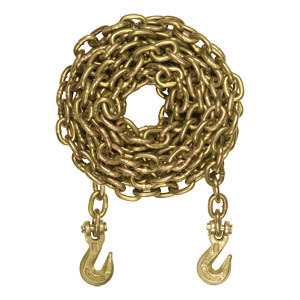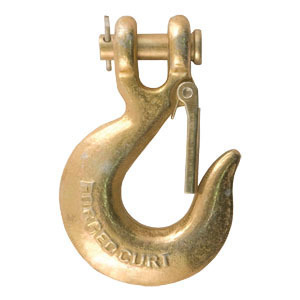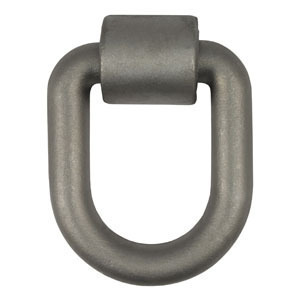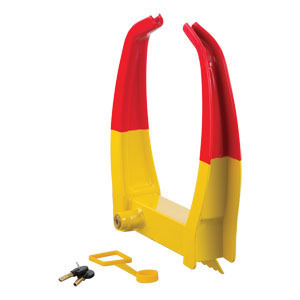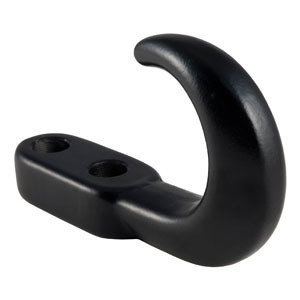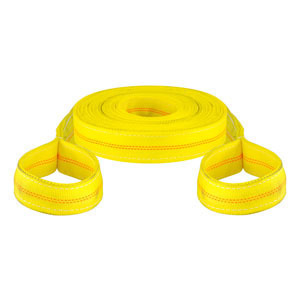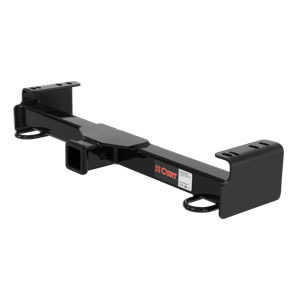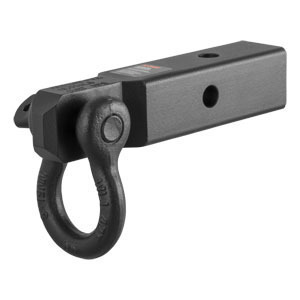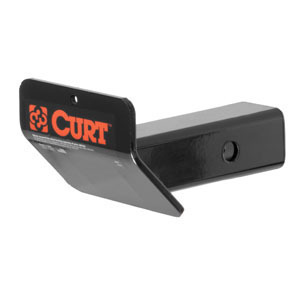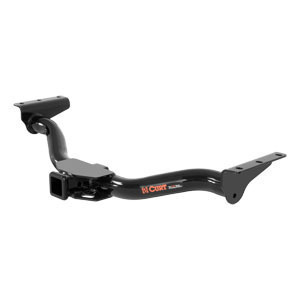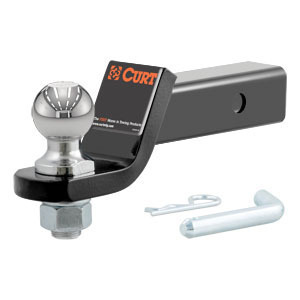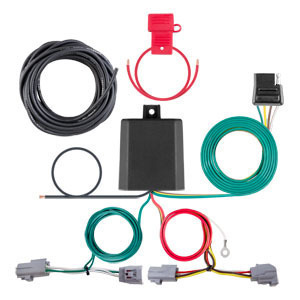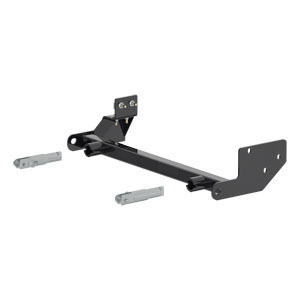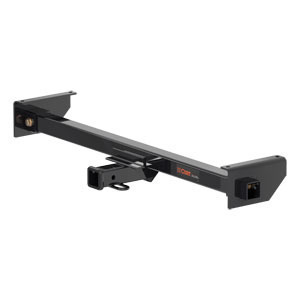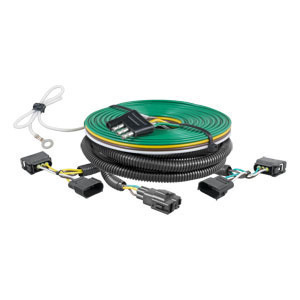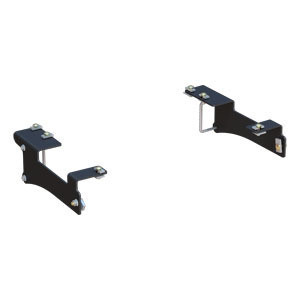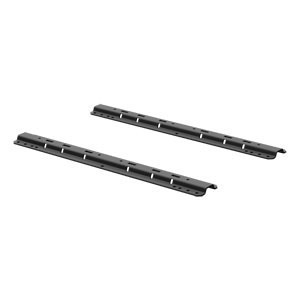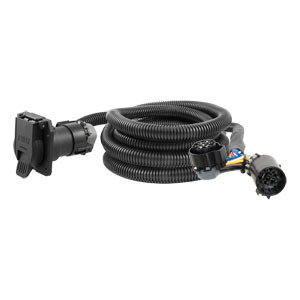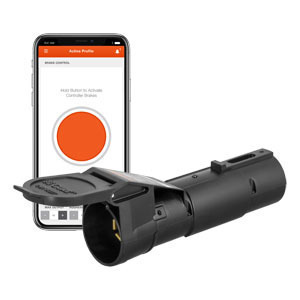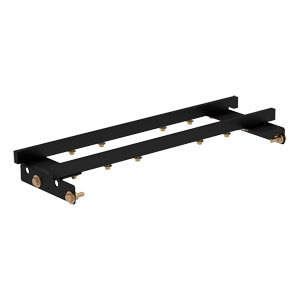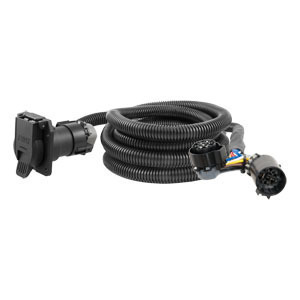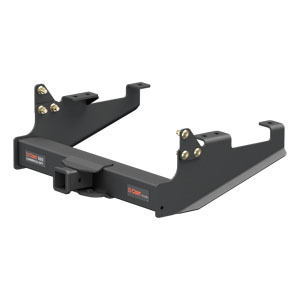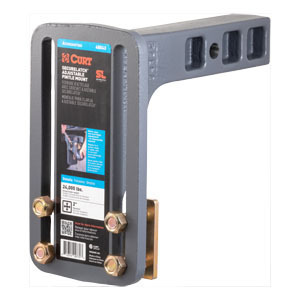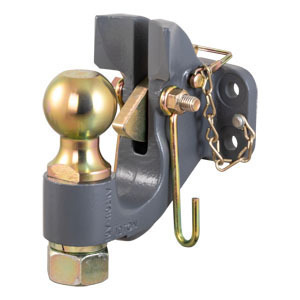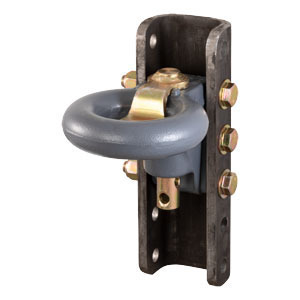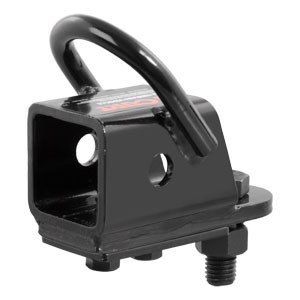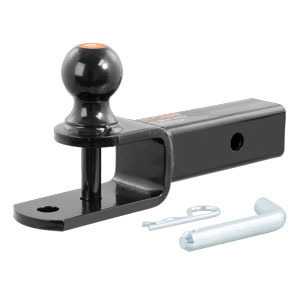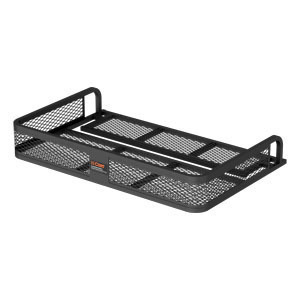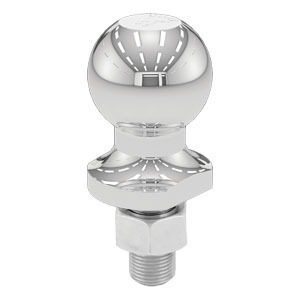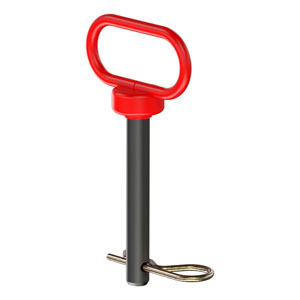Types of Towing
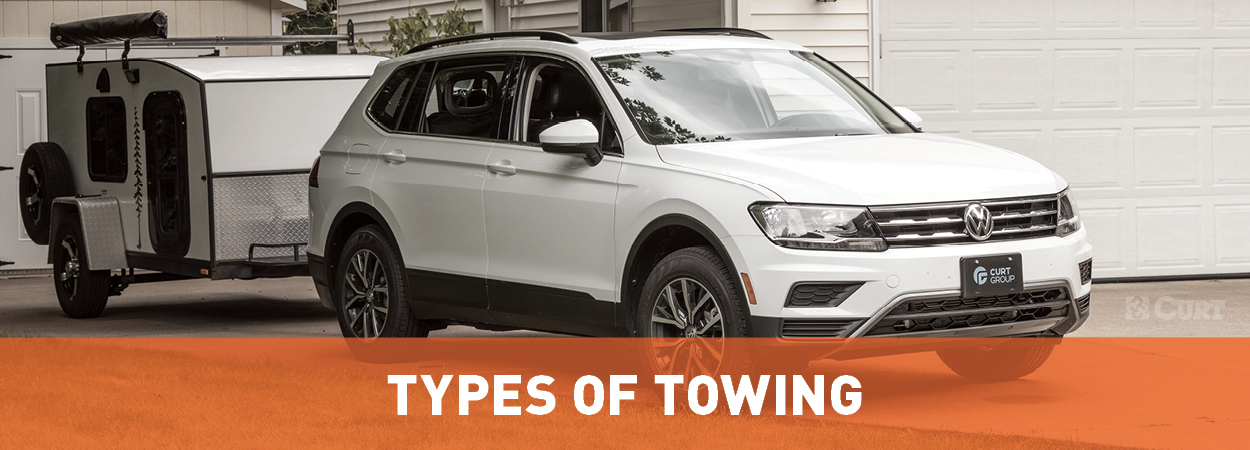

What is Towing?
Towing is the act of pulling a vehicle behind another vehicle. The vehicle doing the pulling is called the tow vehicle and the vehicle being pulled is called the trailer or dinghy. Some common types of towing include recovery towing, trailer towing or trailering and dinghy towing.
Choose a type of towing to learn more


Recovery towing
One of the most common type of towing is recovery towing or vehicle towing. Recovery towing is when a tow truck hauls away a broken down or wrecked car. Some tow truck services use flatbed trucks to haul the car away, while others hook onto the car’s frame or tow ring and pull it up so two of the wheels are off the road.
If you’re ever stranded, a call to your nearest towing service may be necessary. Towing services range from small car towing to RV towing.
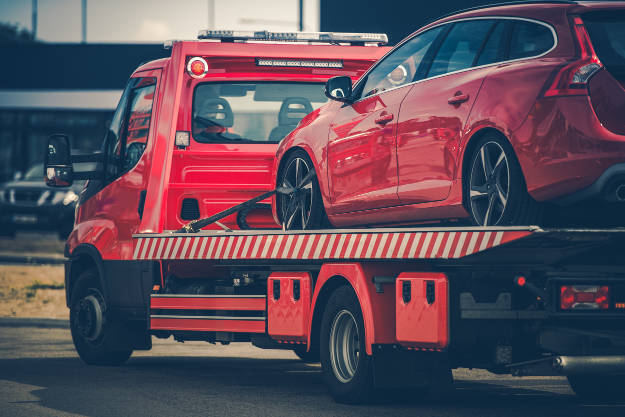

Equipment for recovery towing


Offroad towing
Another type of recovery towing involves offroad vehicles, whether it’s one vehicle pulling another or a vehicle getting itself unstuck from a difficult spot. This can be done using a tow hook and tow strap or a winch.
Offroad vehicles, such as the Jeep Wrangler, are commonly equipped with recovery towing accessories to allow them to recover (get unstuck) when crawling over rocks and uneven terrain.


Equipment for offroad towing


Trailer towing
Perhaps the most common type of towing is trailer towing or trailering. Trailer towing is when an automotive vehicle, such as a car, SUV or truck pulls a trailer behind it.
Vehicle-trailer combinations can vary greatly, from a subcompact car towing a kayak trailer to a full-size truck towing a flatbed trailer. For an automobile to tow a trailer, it requires a hitch.
Learn more about types of hitches


Equipment for towing a trailer
For a more extensive list, check out our towing essentials guide


Dinghy towing
Dinghy towing is when one vehicle tows another vehicle. Typically, the tow vehicle is an RV or motorhome, and the towed vehicle is a car, SUV or pickup truck.
When a vehicle is being pulled by another, it is referred to as the dinghy.
Dinghy towing requires a tow dolly or tow bar to create a safe connection between the two vehicles. Other equipment, such as a wiring harness, is also needed.
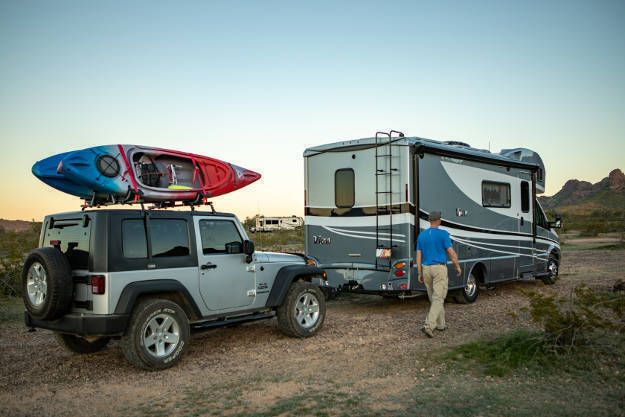

Equipment for towing a vehicle
Get a complete walkthrough with our dinghy towing guide


5th wheel towing
5th wheel towing is a specialized form of heavy-duty trailering. It requires a trailer with a kingpin connection, as well as a pickup truck with a 5th wheel hitch.
The 5th wheel hitch is very similar in design to a hitch found on a semi tractor trailer, comprised of a pivoting head plate and jaws. The head and jaws couple to the kingpin on the trailer, forming a 5th wheel towing connection.
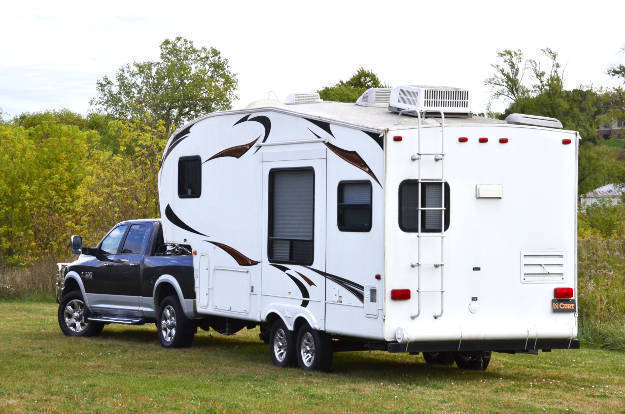

Equipment for towing a 5th wheel


Gooseneck towing
Gooseneck towing is similar to 5th wheel towing. It involves heavy-duty, specialized equipment. Gooseneck towing requires a trailer with a gooseneck coupler, as well as a pickup truck with a gooseneck hitch or ball.
Gooseneck towing is popular in farming, construction and other work settings, used for its high weight capabilities.
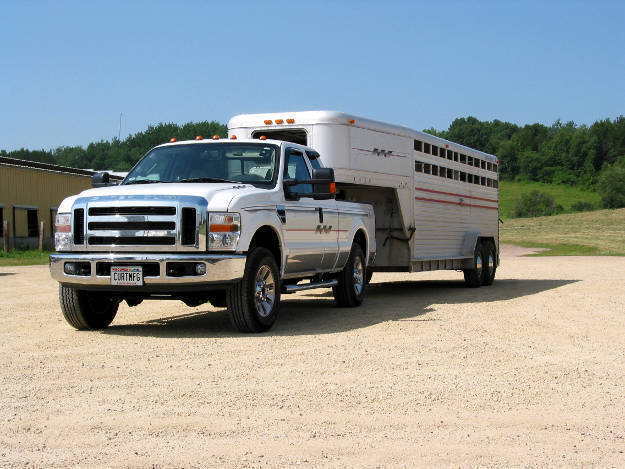

Equipment for gooseneck towing


Pintle towing
Pintle towing is a form of heavy-duty towing, commonly used in agricultural, military and commercial settings. Like ordinary trailering, a pintle connection involves a vehicle towing a trailer. However, instead of a ball and coupler, a pintle hitch is made up of a hook and ring.
Pintle hitches can be rated to tow as much as 60,000 pounds, depending on the design. That makes this connection ideal for towing large flatbed trailers, machinery, heavy-duty equipment and more.


Equipment for pintle towing


ATV towing
An all-terrain vehicle or ATV can be used to tow a variety of small trailers and other equipment, including a tow-behind mower, tiller or sled. In ATV towing, the four-wheeler, quad or UTV serves as the tow vehicle, while the pull-behind attachment acts as the trailer.
ATVs are especially useful for yardwork, landscaping and other forms of offroad towing. They can be set up with a variety of towing accessories, such as a ball mount or tow hook, to accommodate different trailer styles.
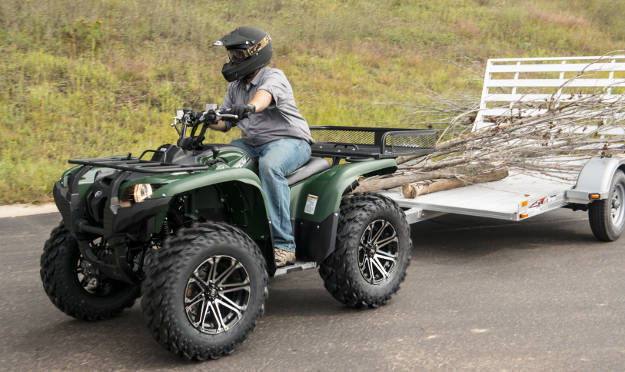

Equipment for ATV towing


Lawn mower towing
A riding lawn mower can make a highly effective tow vehicle around the yard. Most lawn tractors come with a tongue or welded ball to hook up a trailer coupler.
Lawn mowers can be used to pull small utility trailers, fertilizer trailers and other yardwork trailers. They’re perfect for moving landscape materials around your property, tilling up a large garden or hauling yard waste to the curb.
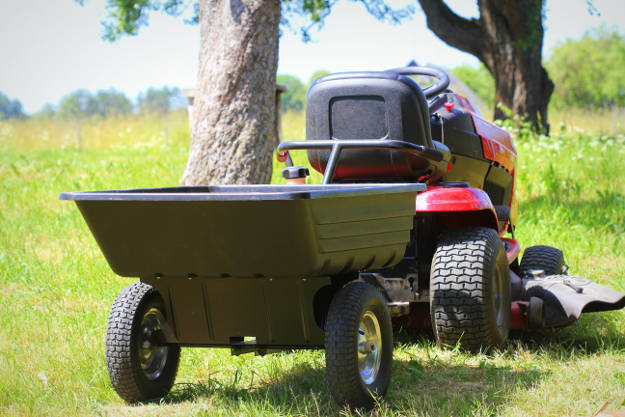

Equipment for towing with a lawn tractor
FAQs
- What does in tow mean?
In tow refers to the state of a trailer being pulled behind a vehicle. The trailer being pulled can be anything from a basic utility trailer, to another vehicle, to even a boat in the water. - What is bumper pull towing?
Bumper pull towing is the act of towing a trailer with a bumper pull hitch or receiver hitch. This is perhaps the most common type of trailer towing. A receiver hitch is mounted at the back of the vehicle, under or near the bumper, and the receiver is used to create a towing connection with the trailer coupler. - What is flat towing?
Flat towing is a type dinghy towing. It is also called all four wheels down towing because the dinghy vehicle is pulled behind the RV with all four of its wheel touching the pavement. This is different from other forms of dinghy towing that use a tow dolly to elevate the front wheels of the dinghy vehicle. - What is RV towing?
RV towing may refer to one of many forms of towing. It may be a scenario in which an RV is simply pulling a regular trailer behind. It can also be another word for dinghy towing. However, the most common reference to RV towing is RV recovery towing. If your RV breaks down, an RV towing service provides a helpful solution to get your RV back on the road.
 ARIES
ARIES  CURT
CURT  LUVERNE
LUVERNE  UWS
UWS 













